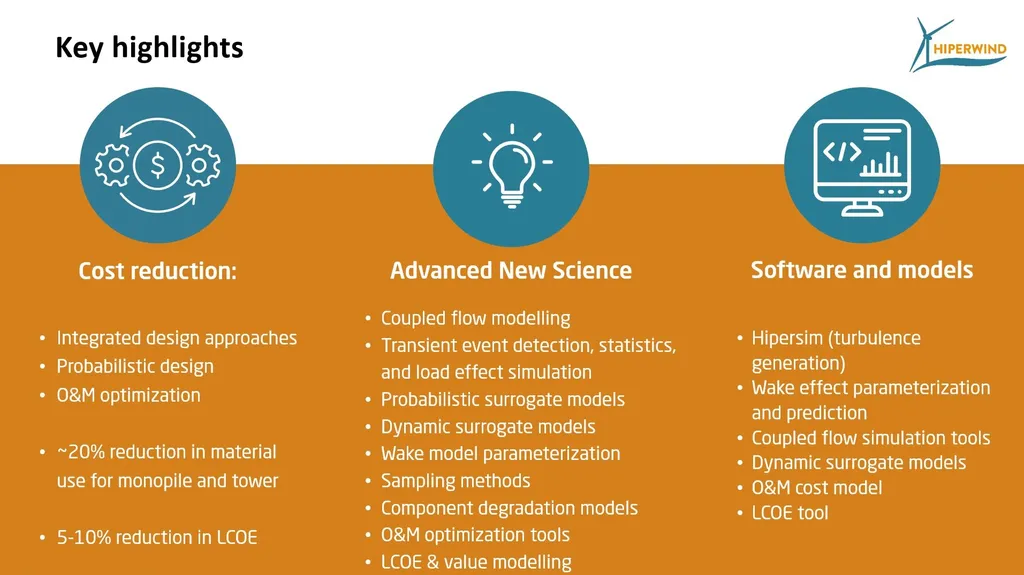In the ever-evolving landscape of computational fluid dynamics, a groundbreaking method has emerged that promises to reshape how we approach incompressible flow simulations. Etienne Vergnault, a researcher from LMT-Cachan (ENS Cachan/CNRS/UPMC/PRES UniverSud Paris) and EADS Innovation Works, has introduced a mixed and scalable domain decomposition method that could significantly impact the energy sector and beyond.
The method, detailed in the journal *Computer Assisted Methods in Engineering and Science* (translated to English as *Computer-Aided Methods in Engineering and Science*), addresses a longstanding challenge in computational fluid dynamics: efficiently solving the Navier-Stokes equations for incompressible flows. Vergnault’s approach seeks the solution at the intersection of two spaces—one containing the solution of the Navier-Stokes equations in each subdomain and the other containing the solutions of the compatibility equations on the interfaces. This iterative process ensures that the final solution satisfies all relevant equations.
One of the standout features of Vergnault’s method is its ability to handle the interface problem, which is typically large and dense. To mitigate this, Vergnault defined an interface macroproblem using a few interface macro unknowns. The optimal approach leverages the incompressibility condition, reducing the problem to just two unknowns per interface. This not only reduces computational cost but also maintains the scalability of the method.
“The best option takes advantage of the incompressibility condition to prescribe an interface macroproblem which propagates the information to the whole domain by making use of only two unknowns per interface,” Vergnault explained. This innovation could lead to more efficient and accurate simulations, which are crucial for various applications in the energy sector, including wind turbine design, hydroelectric systems, and even nuclear reactor safety.
The implications of this research are far-reaching. For the energy sector, more efficient simulations mean faster development cycles and reduced costs. For instance, designing wind turbines that are more efficient and durable could lead to significant energy savings and environmental benefits. Similarly, optimizing hydroelectric systems could enhance their performance and reliability.
Vergnault’s method also opens doors for future developments in multiscale methods and domain decomposition techniques. As computational power continues to grow, the ability to handle larger and more complex problems will become increasingly important. This research lays the groundwork for future advancements, ensuring that the energy sector can continue to innovate and adapt to new challenges.
In summary, Etienne Vergnault’s work represents a significant step forward in the field of computational fluid dynamics. By addressing the complexities of incompressible flow simulations, his method offers a scalable and efficient solution that could have profound impacts on the energy sector and beyond. As the field continues to evolve, Vergnault’s contributions will undoubtedly play a pivotal role in shaping the future of computational fluid dynamics.

